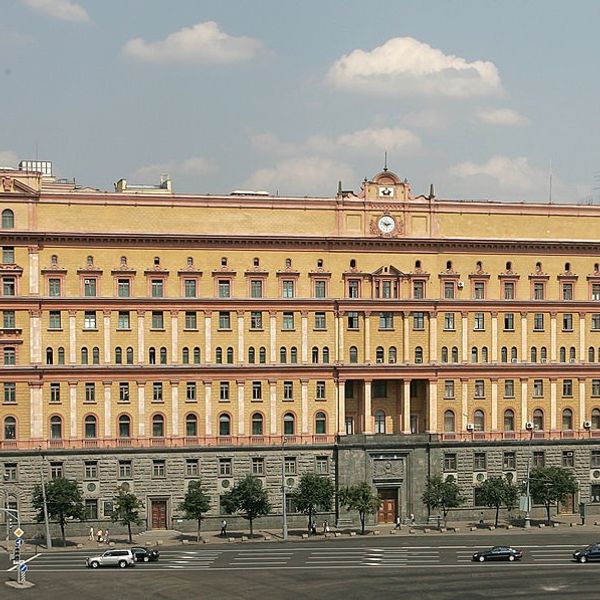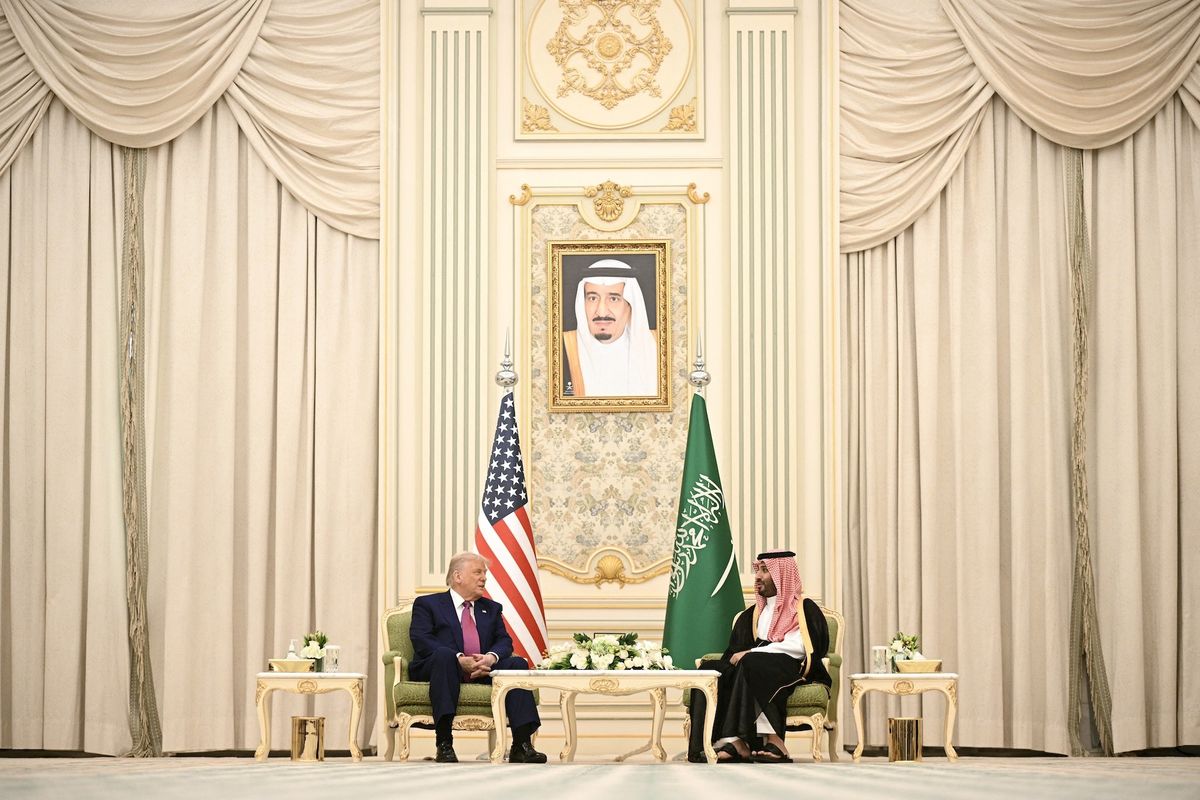OPINION — President Trump and his team are trying to come up with at least one last minute foreign policy success before Election Day, just 21 days away.
Trump himself, tried to create some good re-election news last Wednesday about Afghanistan when he tweeted, “We should have the small remaining number of our BRAVE Men and Women serving in Afghanistan home by Christmas!”
However, that was news to the Pentagon and to Trump’s own national security advisor, Robert O’Brien. Just a few hours earlier, O’Brien had told an audience at University of Nevada’s William S. Boyd School of Law, “As of today, there are under 5,000 [U.S. troops in Afghanistan] and that will go to 2,500 by early next year.”
O’Brien seemed to make a little news himself when he said that after American forces leave not just Afghanistan, but also Syria and Iraq, the Trump administration was still not going to let those countries become safe havens for terrorists such as ISIS, al Qaeda or other such groups.
The Trump plan for the future, as O’Brien described it, would be to enable “off shore use of our forces and have strikes then in these countries when necessary to deter them or break up plots or to remove enemy combatants from the battlefield.”
Trump’s tweet promising U.S. troop withdrawal by December undermined last February’s signed U.S. agreement with the Taliban that called for American forces to leave by next April. That date for U.S. departure next spring helped set the stage for Afghan government negotiators to have their now ongoing meetings in Doha, Qatar, with the Taliban. Meanwhile, however, attacks continue on the ground and a long-sought cease fire seems elusive.
Before Trump’s tweet, the final U.S. troop withdrawal had always been described by Pentagon and State Department officials as “conditions based,” which Gen. Mark Milley, Chairman of the Joint Chiefs of Staff, reinforced this past a Sunday during an interview on National Public Radio.
While Taliban attacks against U.S. troops have halted, violence overall has not significantly dropped from four or five months ago.
Nonetheless, Trump has campaigned hard on the withdrawal issue as he did last month during an ABC News town hall when he said, “I’m bringing our troops back from Afghanistan. I’m bringing our troops back from Iraq. We’re almost out of every place.”
As Michael Crowley pointed out in Monday’s New York Times, that seemed to be useful to Trump’s electioneering four years ago, according to a 2017 academic study that found “a significant meaningful relationship between a community’s rate of military sacrifice and its support for Trump.”
While Trump talked of bringing troops home, he also, without publicity, last Wednesday extended for a year his national emergency declaration related to Syria. The reason was unusual — because the Turkish government’s military offensive in northeast Syria “undermines the campaign to defeat the Islamic State of Iraq and Syria, or ISIS,” according to the official notice and Trump’s letter sent to House Speaker Nancy Pelosi.
Trump has continually said, as he did last August, that “When we came into office, ISIS was running rampant all over Iraq and Syria, and we knocked out 100 percent of the ISIS caliphate." Nonetheless he had to say in this continuation of the national emergency related to Syria, that ISIS still exists, endangers civilians in the region and thus poses “an unusual and extraordinary threat to the national security and foreign policy of the United States.”
At issue in Syria is Trump’s early move to leave some 500 U.S. troops to “take the oil fields” in the northeastern part of the country and use pro-American Kurdish forces in the region to help protect them. In addition, funds from selling that oil supported the anti-Syrian regime Kurds in that area.
However, Turkish forces have been fighting those Kurds. Also, Russian units, supporting the Syrian regime, have also caused trouble, including an incident last August when seven American soldiers were injured after being rammed by a Russian armored vehicle. Last month, in response, the Pentagon sent another 100 American troops and stepped up aircraft patrols over the area.
Nuclear arms control with Russia is another area where Trump is seeking a possible, pre-election foreign policy win.
Russian President Vladimir Putin has for more than a year, been seeking a clean five-year extension of the 2010 New START treaty which put limits on strategic warheads and delivery systems. It runs out February 5, 2021 unless extended for five years as provided by the agreement. Trump, on the other hand, has wanted to ignore the Obama-negotiated agreement’s deadline, and create a new, more ambitious one that would include China and perhaps other nuclear powers.
Trump also wanted to include tactical nuclear weapons, a category where the U.S. has hundreds while Russia has several thousand. U.S. negotiator Marshall Billingslea has also complained that the “New START treaty suffers from some serious verification inadequacies, in my view,” citing as one example that “over the past decade, Russia has not been required to provide telemetry on any of their new systems under development. And they certainly have not.” He has also spoken of “exploitable loopholes with onsite inspection procedures and the length of time given before inspectors are allowed to the location in question.”
Last month, in an interview with the Russian newspaper Kommersant, Billingslea said if Russia refuses to deal with the U.S. position, “we will be extremely happy to continue...without the [New] START restrictions.” He added that the United States would redeploy weapons that had been removed from deployment in order to meet New START limits once the treaty expires.
“I suspect that after President Trump wins re-election, if Russia has not taken up our offer, that the price of admission, as we would say in the U.S., goes up,” Billingslea told Kommersant.
Recently, however, the Trump administration has softened its demands about getting China to participate and during a recent phone call, Trump and Putin reportedly agreed on the nuclear freeze idea, but details about how such an agreement could be verified remain to be worked out.
Billingslea’s Russian counterpart, Sergei Ryabkov, said last Saturday. “There are still huge differences in approaches, including to the central elements of such an agreement.” Talk of an imminent deal is hardly “realistic,” he said. On Monday, Putin’s spokesperson, Dmitry Peskov, told CNN it's "too early" to say a final agreement has been reached, but added, "We are in a time crunch and of course if there is a new administration forming in the U.S., that can stall the process of any kind of negotiations."
In short, Putin knows Trump wants something before the election and so the Russian leader is in the driver’s seat, at least until November 3.
Meanwhile, Trump, himself, most recently showed little comprehension of the seriousness of nuclear weapons when he brought the subject up during his two-hour conversation last Friday with conservative radio host Rush Limbaugh.
“We have stuff the likes of which nobody… Russia dreams of the stuff that we have. China dreams of the stuff that we have…and we can’t talk about it, or we shouldn’t talk about it. We have things that I hope to God we never have to use it. Our nuclear is all tippy top now,” Trump said.
There is also a gray, if not black, cloud on Trump’s and the U.S.’s nuclear horizon.
On Friday night during the midnight military parade celebrating 75 years since the founding of the ruling Workers Party of North Korea, Kim Jung Un’s government unveiled a new, giant, liquid-fueled, mobile intercontinental ballistic missile (ICBM) along with a group of already-known ICBMs, plus a new sub-launched intercontinental missile.
The giant, mobile ICBM, if real, appears capable of carrying multiple nuclear warheads or a mix of real warheads and decoys.
Everyone remembers Trump’s August 2017 warning to North Korea that it would “face fire and fury like the world has never seen” if Kim ever threatened the U.S. In his speech before the midnight parade, Kim said his ICBMs were “not aimed at anyone,” and were meant only as a deterrent.
That parade made clear that Trump’s wooing of Kim has brought the President kind, perhaps lovely words, but has not stopped the North Korean leader’s pursuit of both nuclear weapons and apparently the ICBMs to deliver them anywhere in the world, including the United States.
Read also What Does Trump’s Tweet Mean for Afghanistan exclusively in The Cipher Brief
Read more expert-driven national security insight, perspective and analysis in The Cipher Brief












